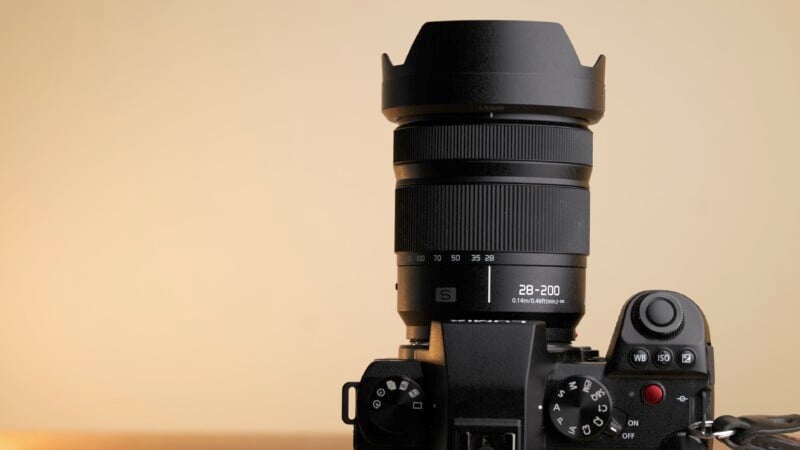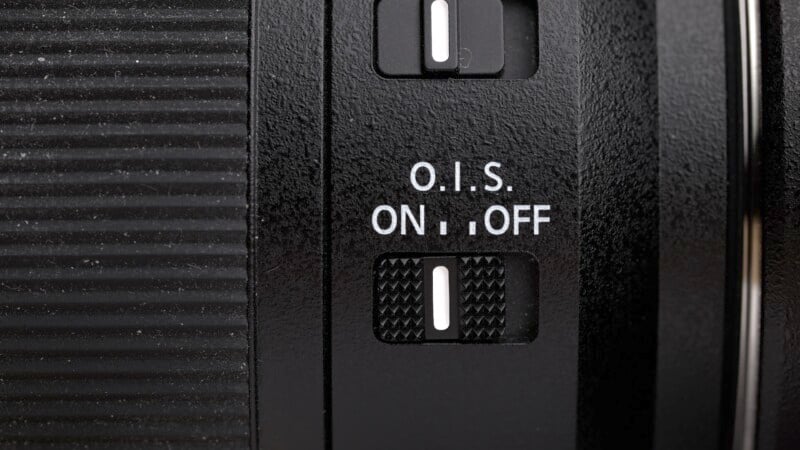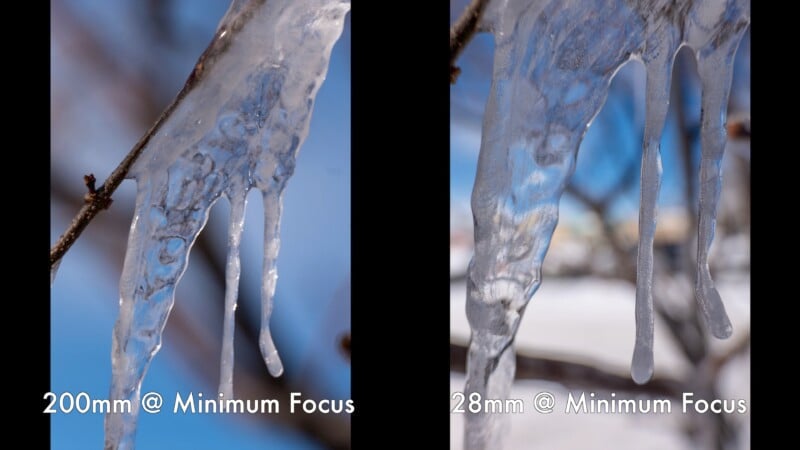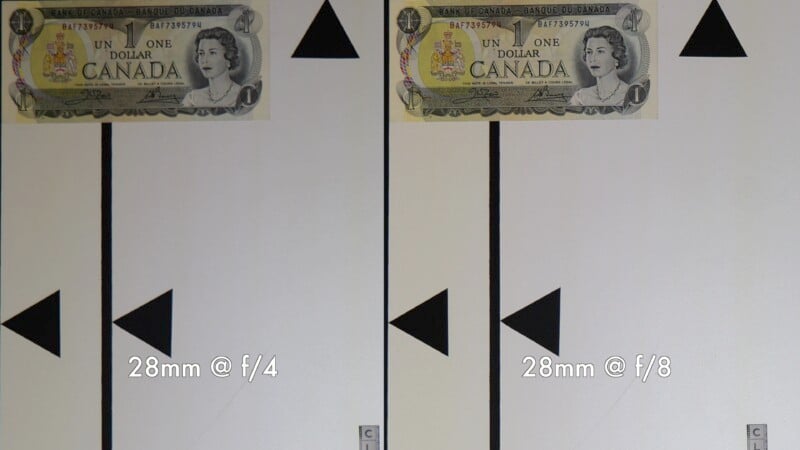
It’s been a hot minute since I’ve played with a true superzoom, so I was unusually excited to see how Panasonic’s new compact 28-200mm f/4-7.1 — the L-mount’s first all-in-one zoom lens — performed.
I absolutely loved the Tamron 28-200mm f/2.8-5.6, despite its heavier carry weight. It was sharp and bright, but sadly never made for L-mount cameras. That lens was also released three years ago and the wait for a Panasonic lens is finally over. Panasonic’s new $900 28-200mm f/4-7.1 Macro OIS super zoom for L mount is, as the company says, the world’s smallest and lightest full-frame mirrorless long zoom and I took it out for a spin.

Panasonic 28-200mm f/4-7.1: How it Handles
The 28-200mm is very lightweight at a scant 413 grams but it still manages to keep the handy 67mm filter diameter. The price to pay for that diminutive sizing is a relatively slow f/4-7.1 aperture which could be an issue in low-light situations. There isn’t much real estate left for controls either, so the lens only has a manual focus ring, zoom ring, and switches for focus and image stabilization.

The rings themselves have the right amount of stiffness and the lens doesn’t creep when walking around town. The lens is image-stabilized very effectively at just over six stops, too. I was able to handhold shots at slow shutter speeds even at the 200mm range and I was pleased with how well-balanced the lens is, too. The lens itself has some dust and weather resistance as well.

Panasonic often likes to use stepping motors in its lenses which are very smooth for video and quite silent. They tend to be slower than the alternative — linear actuators — but the 28-200mm happily jumped from near to far without any delay so I think the autofocus motor is doing its job well.

Panasonic 28-200mm f/4-7.1: How it Shoots
I had a bright and sunny day to shoot, so the first thing I tested was flare characteristics. There are a lot of glass elements in a super zoom and that means rampant opportunity for internal reflections. Unfortunately, this lens has some issues with ghosting and the blobs of color show up at all apertures. I have to say that they were very distracting — which might be cool-looking in video — and definitely undesirable for most photography.

It doesn’t have very vibrant or dramatic-looking sunstars either. They have a blurred and mushy look to them, which is counter to the sharp and definitive points I am looking for. Overall, this lens doesn’t perform at its best when it comes to shooting towards the sun. I recommend avoiding shooting directly into the sun or bright light sources with this lens, if possible.


The Panasonic 28-200mm is also a decent macro lens, providing 1:2 life-size reproduction at the 28mm end. However, the working distance is minimal to the point where the lens is almost touching the subject. You can still get a decent close-up shot at 200mm when you want the extra working distance, however.

Sharpness is decent, with good detail in the center of the images at 28mm. I did notice a fair amount of improvement after stopping the aperture down, though, and my overall recommendation is to shoot this lens at tighter apertures when possible. It was a similar story at the 200mm range although my particular copy of the lens was even softer at the long end. I also found the corners to have some blurriness regardless of aperture due to the heavy in-camera distortion correction it likely required.


A slower 28-200mm lens isn’t exactly a shallow depth of field monster but you can get some soft backgrounds up close. Specular highlights looked nice, with a little bit of cat’s eye vignetting and no onion rings. There is a strong soap bubble effect though, and this causes backgrounds to have a fairly harsh and distracting look.

Panasonic 28-200mm f/4-7.1: Maybe It’s a Video Lens
My review of the 28-200mm thus far hasn’t exactly been stellar in terms of optical performance. But Panasonic has a reputation for making lenses that may compromise a bit on the photo quality side in order to enhance the video performance. The 28-200mm is no exception and has excellent breathing characteristics with almost no change in the field of view at 200mm and only slight amounts at the 28mm range.

The 28-200mm has also been designed to be roughly the same weight as the 14-28mm ultra-wide zoom which adds to the convenience of using these lenses on a gimbal. No need to rebalance when swapping between the two lenses, and the 28-200mm itself stays balanced even when the zoom is extended. Any adjustment to the gimbal that has to be made is very minor.

Panasonic 28-200mm f/4-7.1: A Not So ‘Super’ Zoom
The new Panasonic 28-200mm f/4-7.1 Macro OISsuper zoom is clearly designed to be a jack-of-all-trades that doesn’t really excel in any optical categories. It’s also fairly slow, which limits its usefulness in darker situations.
It does, however, achieve its goal of being portable and convenient and there is a lot of appeal in that regard. It’s also a useful video tool and macro lens, two qualities that make a lot of sense for someone who wants a do-it-all option for L mount. I have to say that I did still find the lens useful despite its shortcomings and frankly, there aren’t any other alternatives right now anyway. On that note…
Are There Alternatives?
Unless you want to adapt SLR glass — which I don’t recommend — there is no other option available.
Should You Buy It?
Maybe. If convenience outweighs performance the The 28-200mm f/4-7.1 Macro OIS could be a good choice.






